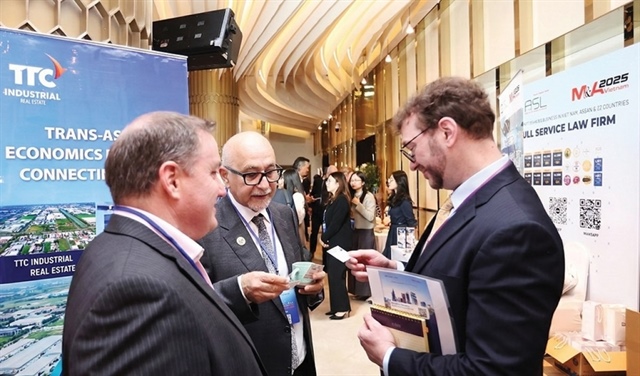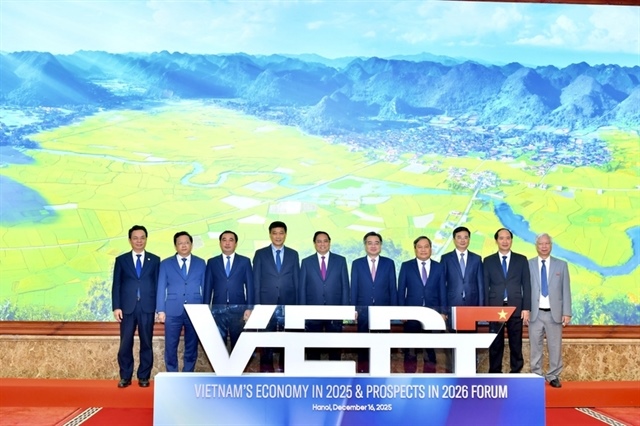Investment increase tipped
Investment increase tipped
Restructuring and privatisation programmes of State-owned enterprises (SOEs) would open new opportunities for foreign direct investment inflows in Viet Nam.
This was one of recommendations heard at the launch ceremony of the Viet Nam Industrial Investment Report (VIIR) 2011 and Introduction of the Viet Nam Investment Monitoring Platform (V-IMP), Phase 1, held in Ha Noi yesterday.
The project, the result of the partnership between the Ministry of Planning and Investment and the United Nations Industrial Development Organisation (UNIDO), aimed to better manage FDI projects, said Do Nhat Hoang, director of the Foreign Investment Agency said.
He said to form the report, surveys had been conducted in nine provinces which attracted large scaled FDI projects including Ha Noi, Vinh Phuc, Bac Ninh, Hai Duong, Da Nang, Dong Nai, Binh Duong, Ba Ria-Vung Tau and HCM City.
The report showed that by the end of last year, the country has registered around US$198 billion of total accumulated registered capital from over 13,600 FDI projects, though the total implemented capital of these projects was lower, at around $80 billion.
Over the years, FDI has followed steady upward trends, except for peaks in 1996 and 2008.
Hoang said it was notable that 51 per cent of the FDI businesses invested in Viet Nam for the low labour cost and infrastructure efficiency, while 46 per cent searched for local markets and only 3 per cent were seeking resources.
In addition, 66 per cent of the businesses targeted exports to the global market, 26 per cent to the local market and 8 per cent to regional one.
Stefan Kratzsch, the UNIDO's project manager said foreign invested enterprises (FIEs) employed and contributed more to exports than domestic ones.
FIEs operated primarily in low wage and skill sectors.
"FIEs would perform better than domestic firms in terms of labour productivity and total factor productivity, especially if the level of human capital and capital intensity is high," Kratzsch said.
He suggested that Viet Nam needed to assess the FDI-led export growth model to understand the nexus of export orientation, employment creation, value addition, and productive efficiency in low, medium and high-tech sectors.
In addition, it should focus on human resource development and skill formation as new comparative advantages based on continuous skill formation and vocational training.
"Electricity and general infrastructure improvements would drive higher capacity utilisation and investor performance. It should also evaluate and streamline the present investment incentive framework and assess the economic benefits resulting from the application of investment incentives to benefiting FIEs," he recommended.
The report also said investment promotion efforts should focus on attracting more supporting industries to Viet Nam in a bid to enable more industrial subcontracting and increase the local content of FIEs.
To resolve the limit in transferring technology between FDI and domestic businesses, the report suggested to give more support to joint ventures with manufacturing activities geared toward the domestic market.
The Viet Nam Investment Monitoring Platform project with the fund of $975,000 from UN surveyed 1,944 businesses, including 33 small-and medium-d enterprises majoring in mechanics, garment and textiles, rubber and plastic. The research was mainly in the supply chain, Viet Nam investment observation, and exchange tools among partners.
It targeted to contribute to transparency in dialogue between the Government and the private sector in the context of the country's industrial development process.
vietnamnews





















